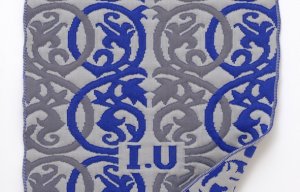
Shima Seiki releases new i-Plating option
i-Plating gives inverse-plating capabilities where different yarns can be shown alternately on the fabric surface for a jacquard-like effect in a plain jersey stitch.
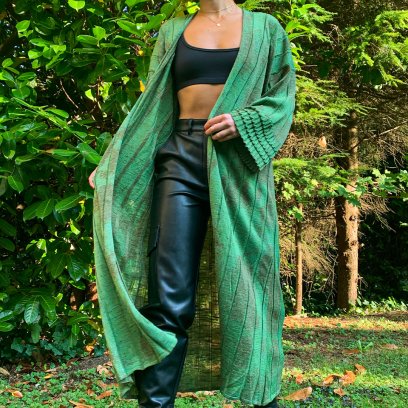
6th May 2021
Knitting Industry
|
Wakayama, Japan
Leading flat knitting machine manufacturer Shima Seiki has developed a range of ‘jardigan’ (jacket/ cardigan) knitwear styles that showcase some of the features of its machines’ advanced plating capabilities.
Previously Shima has featured articles highlighting ‘i-Plating’ capabilities on its SVR flat knitting machines. The ‘I’ stands for inverse (reverse) and is an accessory that can be added to SVR or N.SVR models. Adding this allows for inverse-plating capabilities where different yarns can be shown alternately on the fabric surface for a jacquard-like effect in a plain jersey stitch. This can be performed not only within the same course but also for each individual needle, so it has greater knitting efficiency and expanded capability when it comes to designs.
Now that we’re getting into warmer weather, we wanted to highlight some lightweight patterned knits suitable for warmer seasons, the company said. In this article, Shima’s focus is on jardigans.
Sample No. I2225S009
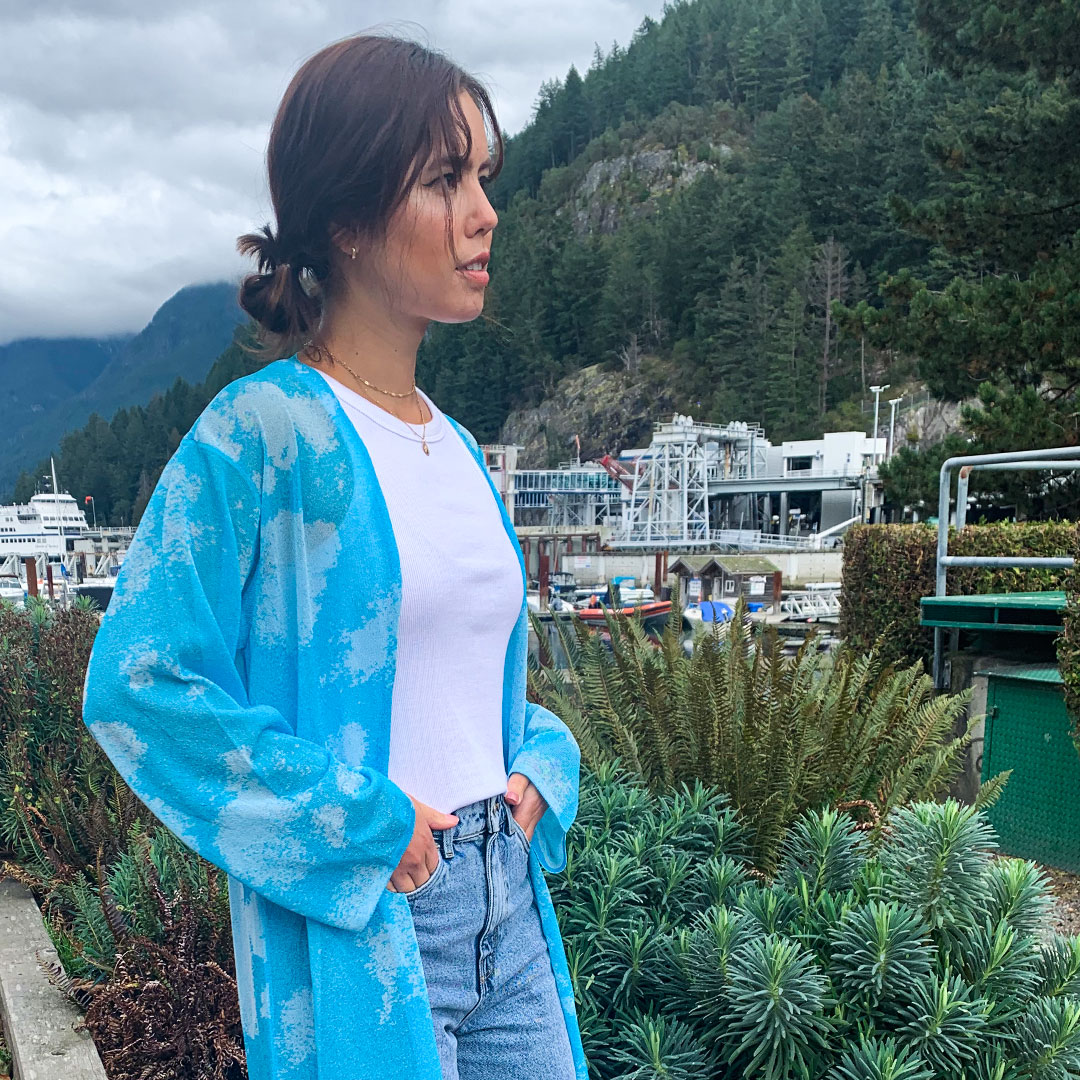
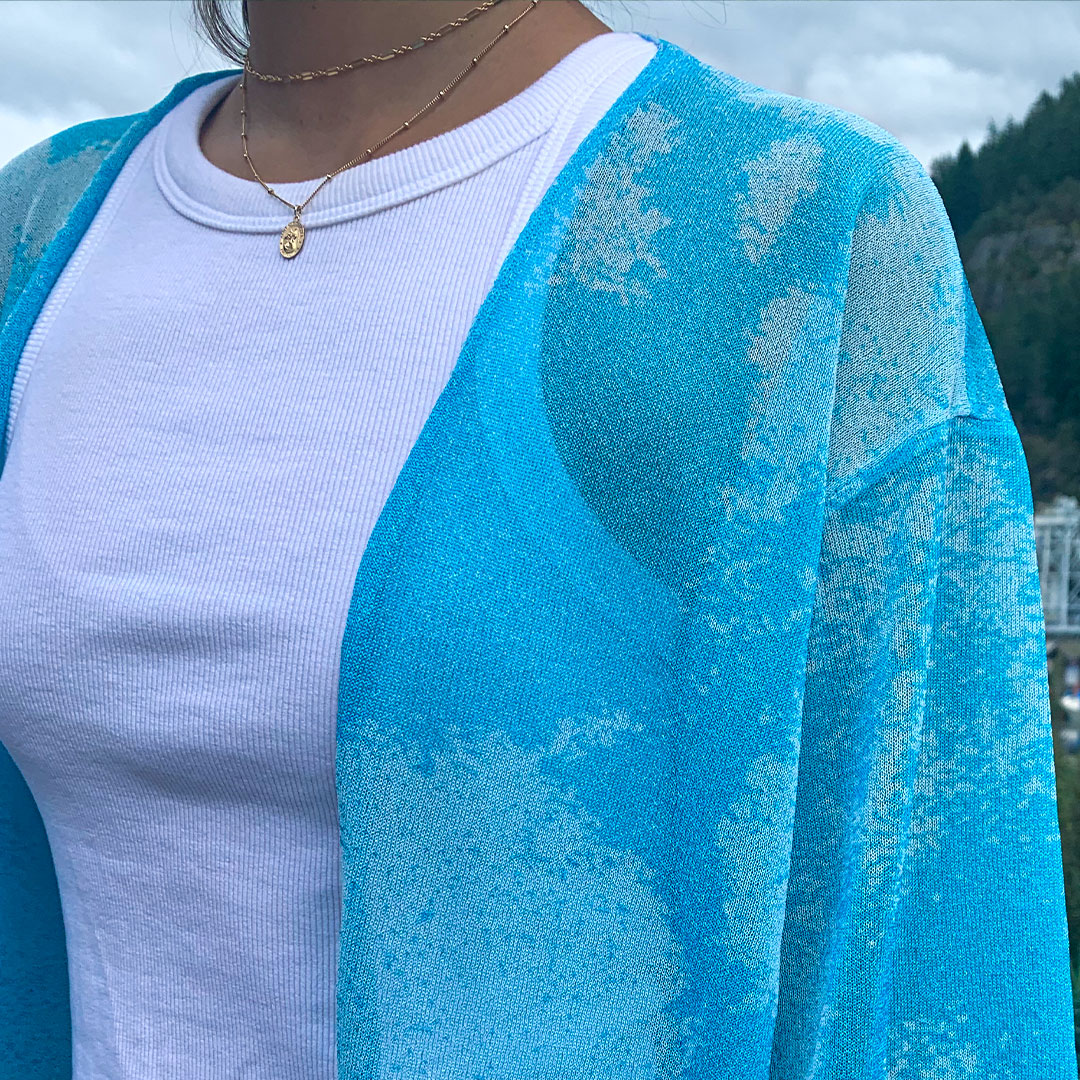
This lightweight spring jardigan or long cardigan was knitted on Shima’s SVR123SPSV machine in a 14gg texture. The style (No. I2225S009) uses 2 system knit for I-Plating to increase knitting efficiency.
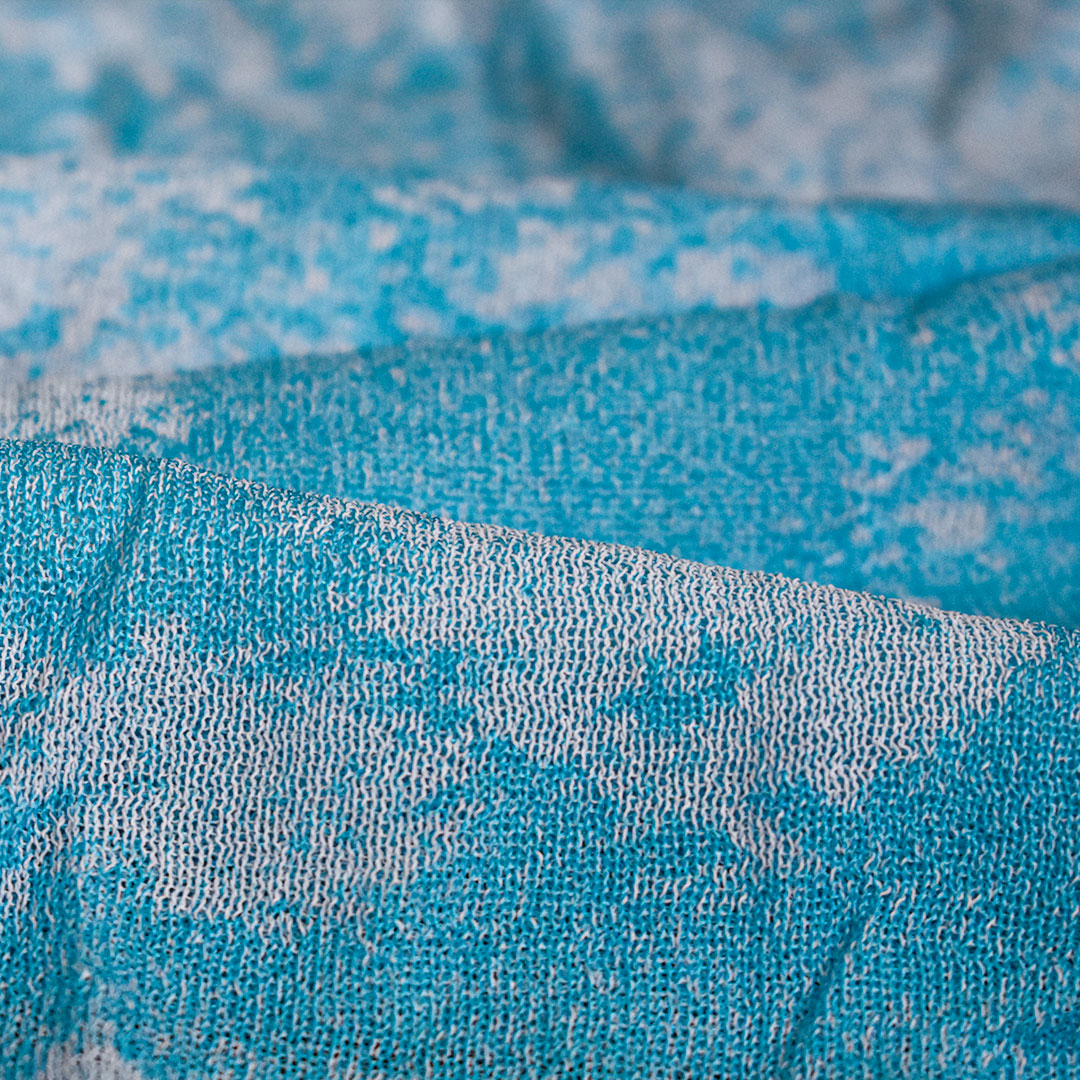
The outcome is a thin, sheer, and lightweight fabric suitable for warmer seasons. Inverse plating can increase knitting efficiency by about 80% and reduce weight by as much as 50% compared to tubular jacquard, Shima explains.
Sample No. I2267S00F
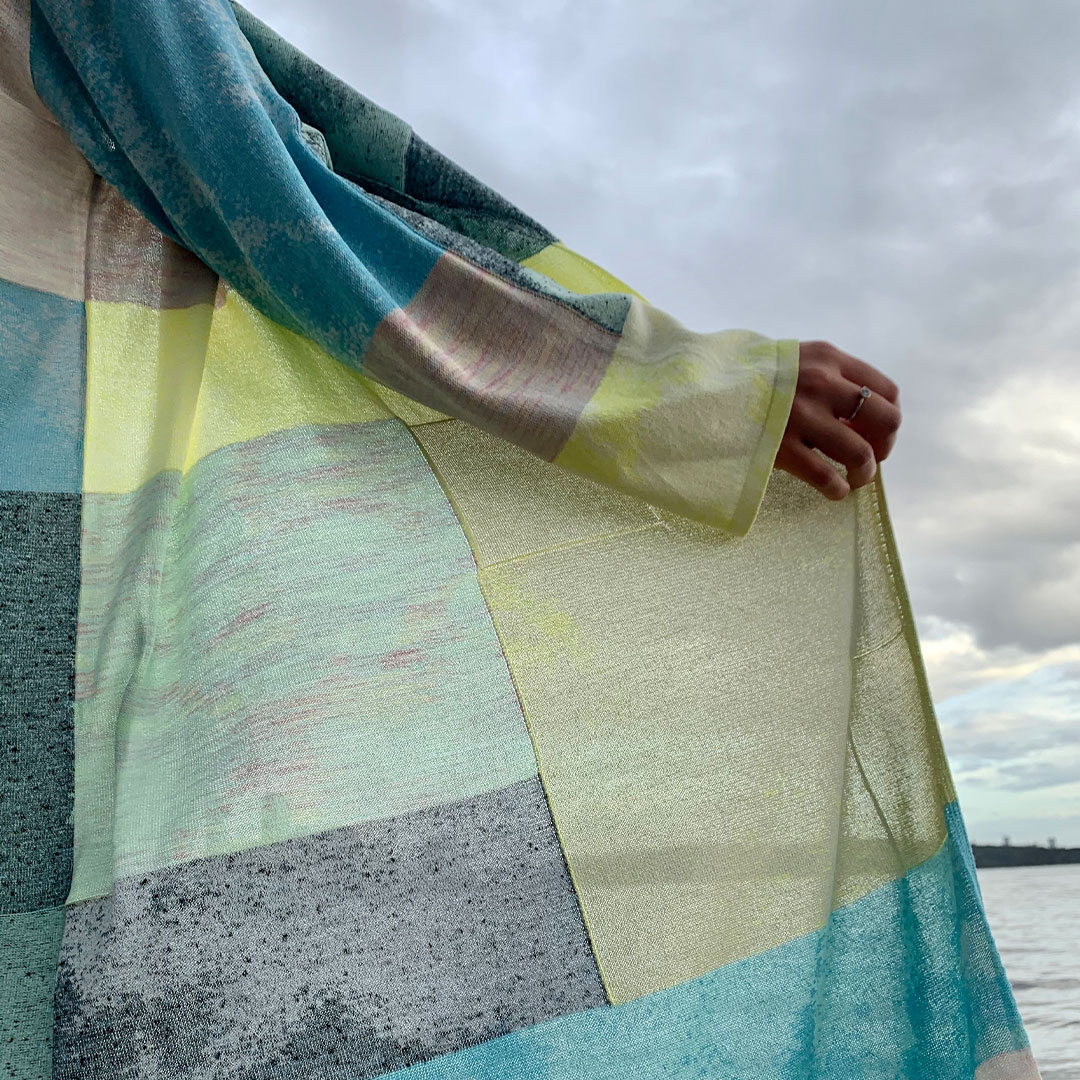
This lightweight spring jardigan or long cardigan was knitted on the SVR123SPSV machine in a 14gg texture. The style (No. I2267S00F) uses a patchwork-like fabric combining inverse plating, intarsia, and back stitches.
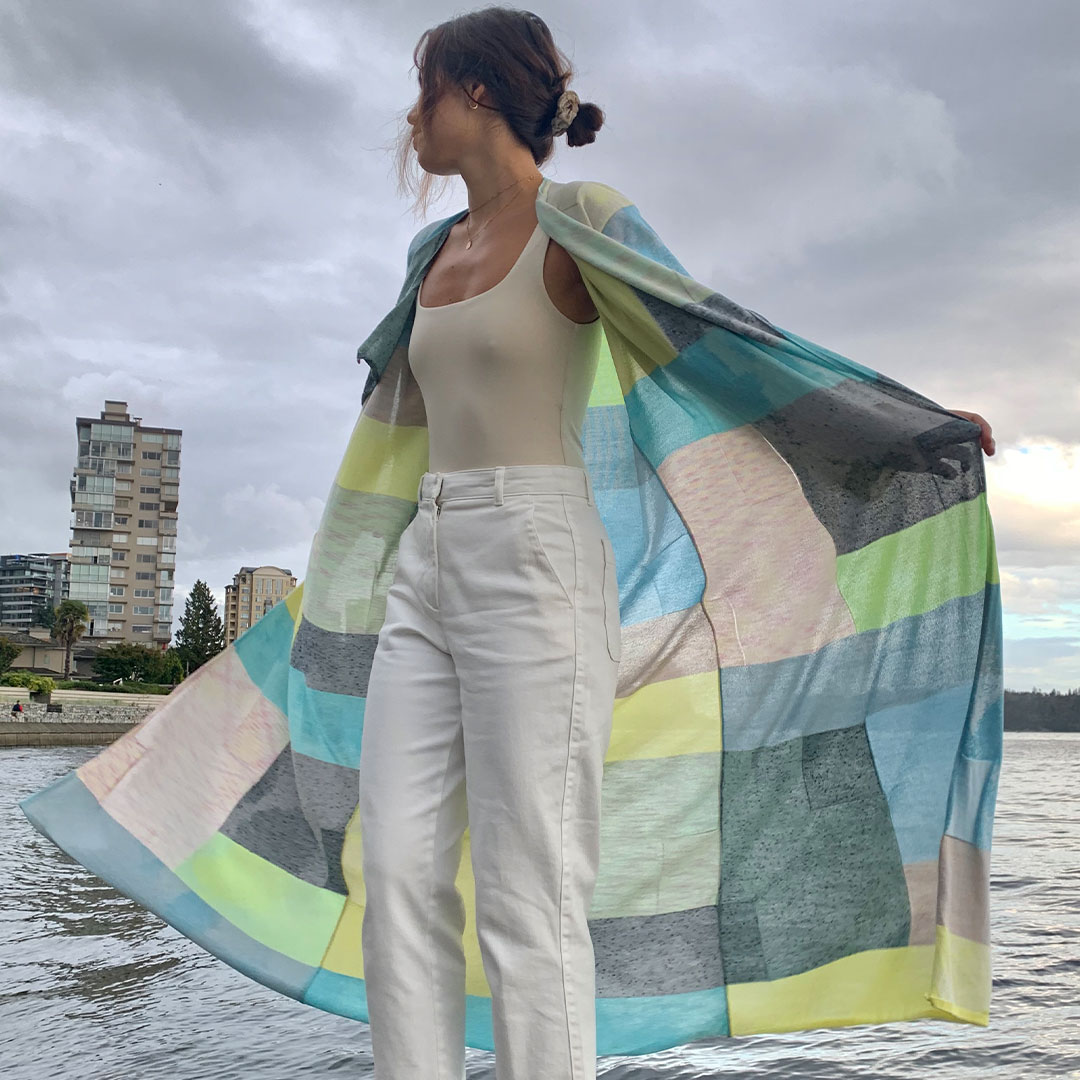
The colour blocks are created by combining 4 feeders of main yarn (BON120: silk yarn and PEP: polyester nep yarn) and 3 feeders of plating yarn (TAKUMI: Japanese paper polyester yarn).
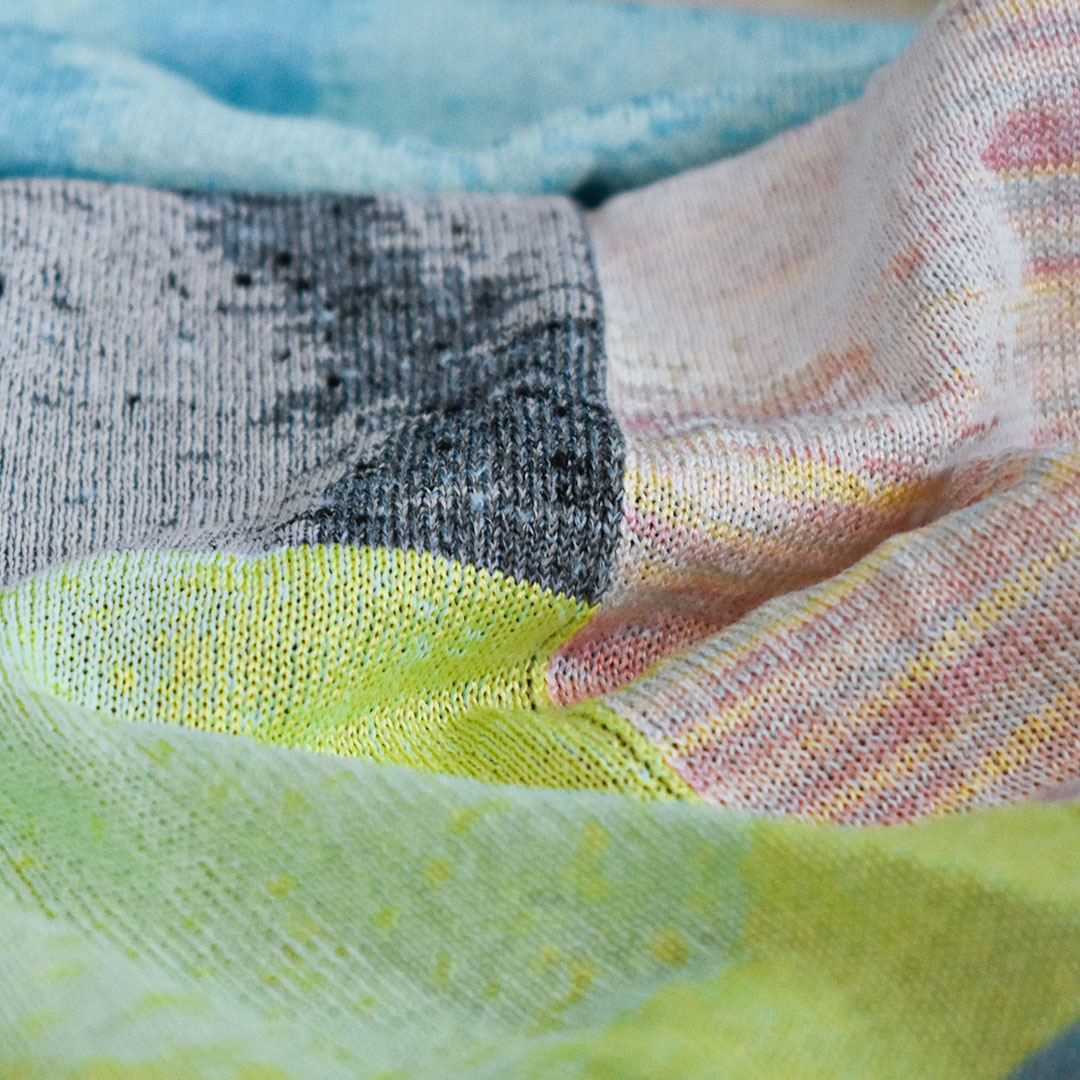
This allows for up to 24 different plating combinations and efficient knitting is performed without empty courses for intarsia knitting.
Sample No. I2270S009
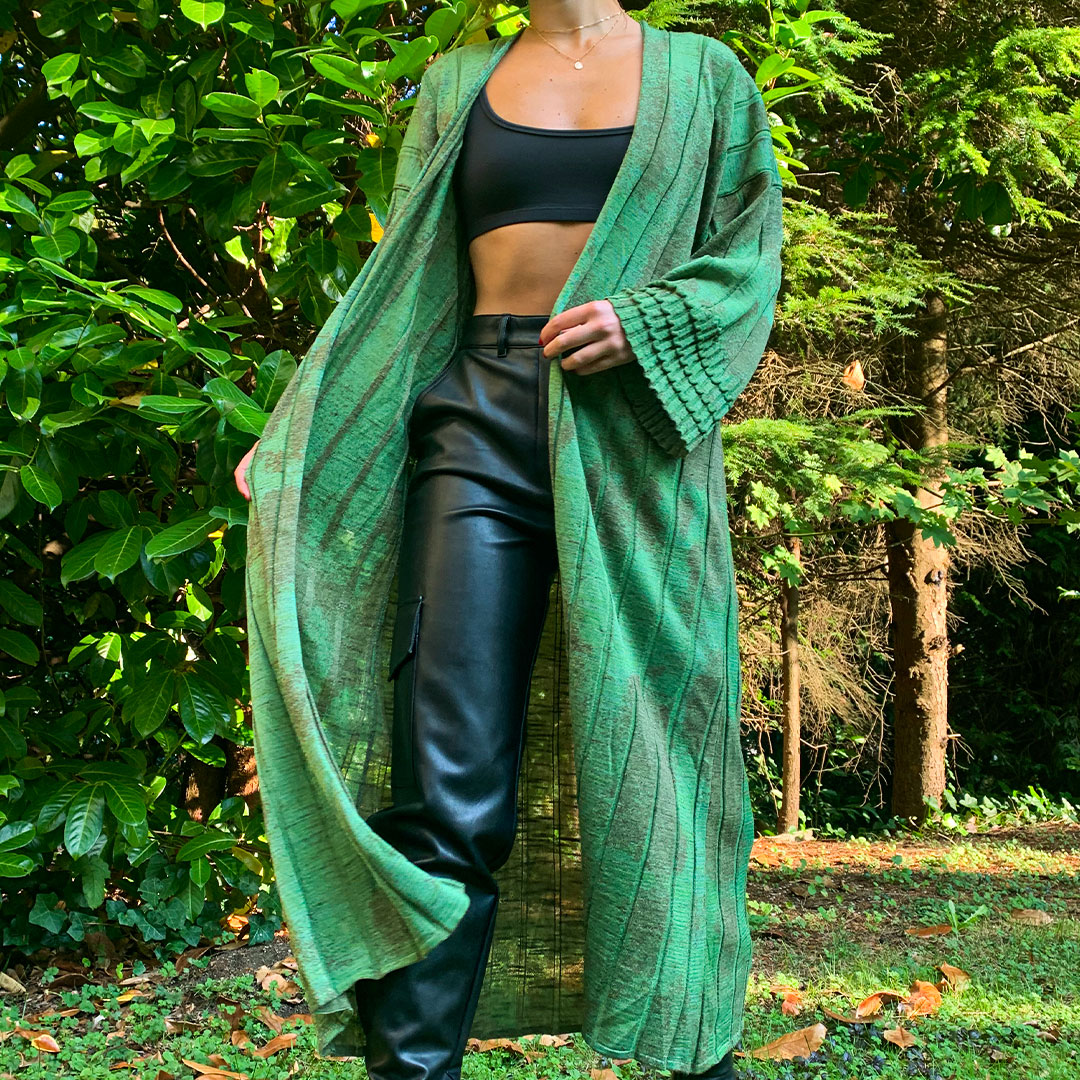
This lightweight spring jardigan or long cardigan was knitted on the SVR123SPSV machine in a 14gg texture. The style (No. I2270S009) combines inverse plating and the uneven texture of wide-rib structure.
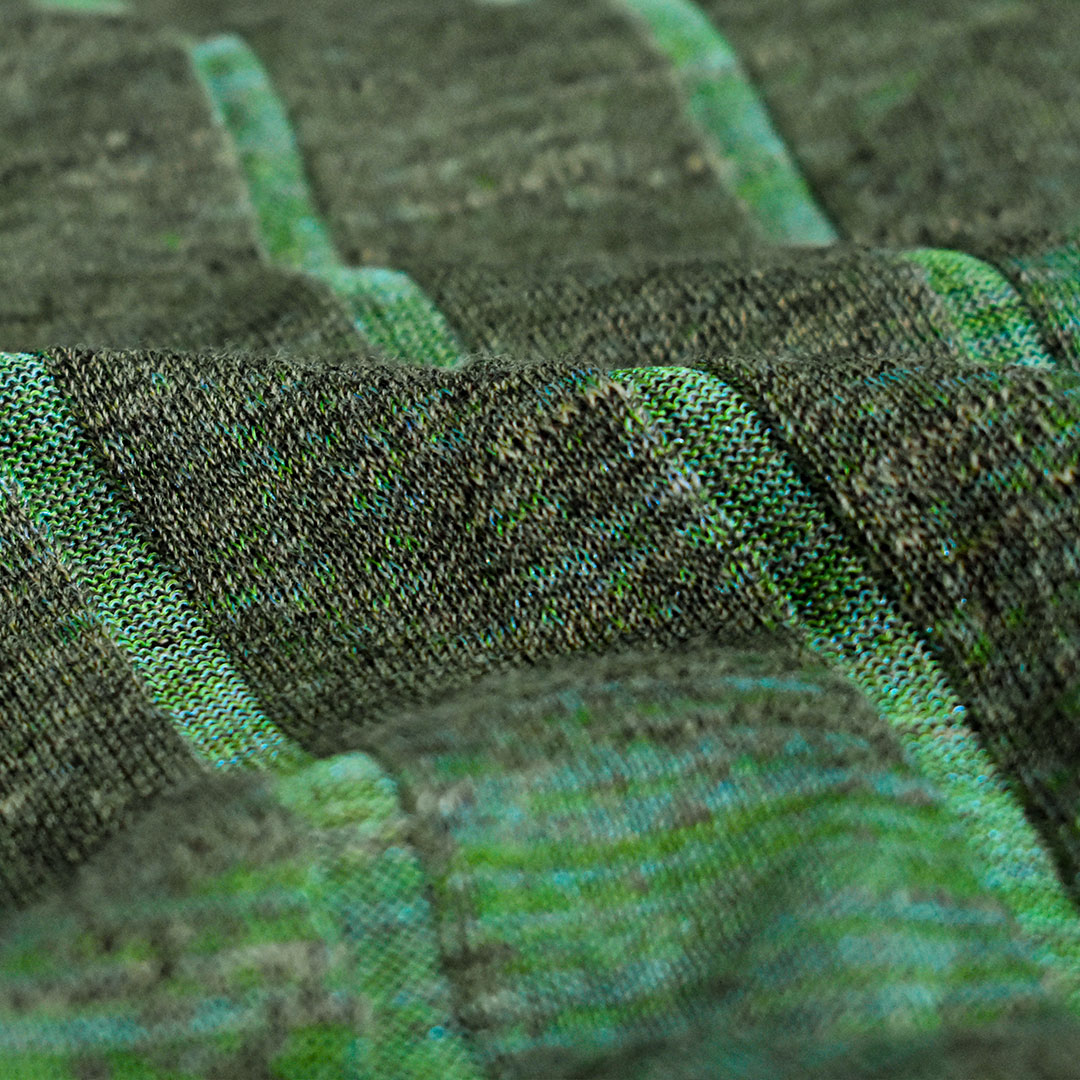
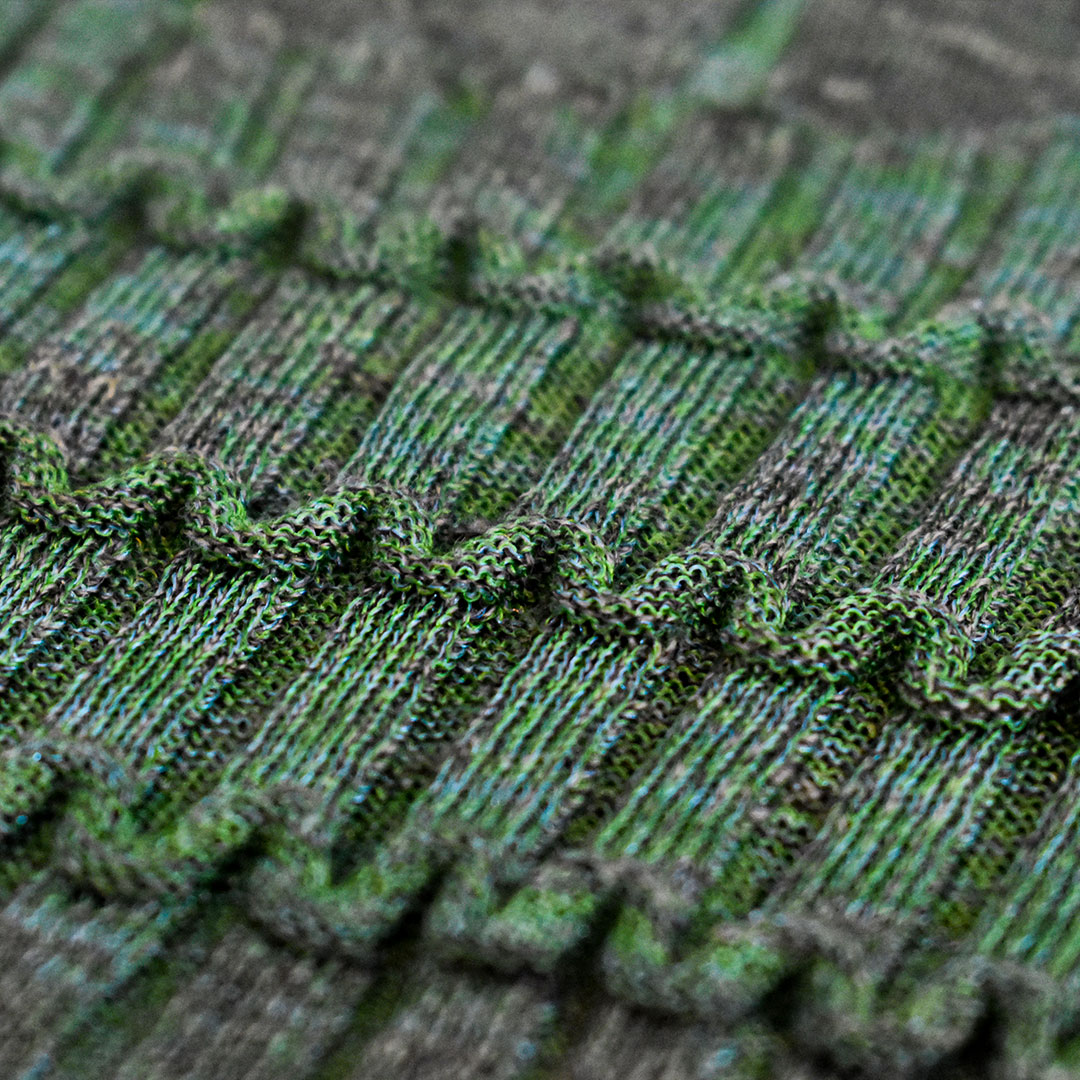
The tie-dye pattern is expressed by inverse plating, while the cuffs feature a wave-like design produced from links structure. “This is sustainable knitwear that reduces the amount of yarn used and improves knitting efficiency,” concludes Shima.

Business intelligence for the fibre, textiles and apparel industries: technologies, innovations, markets, investments, trade policy, sourcing, strategy...
Find out more